Japan’s Ibaraki Prefecture offers garden enthusiasts something truly special — a collection of meticulously maintained spaces where flowers bloom throughout every season. While many people think of cherry blossoms as Japan’s only floral attraction, Ibaraki’s gardens showcase a stunning variety of plants, ensuring colorful displays year-round. These carefully curated landscapes demonstrate the Japanese mastery of seasonal gardening, where different species are strategically planted to create continuous waves of color and fragrance.
The prefecture’s unique climate and dedicated horticultural traditions have created gardens that feel almost magical in their ability to maintain beauty year-round. Each location offers its own personality, from sprawling public parks to intimate traditional spaces that have been perfected over generations.
Here is a list of 15 Ibaraki gardens that maintain stunning floral displays throughout all four seasons.
Hitachi Seaside Park
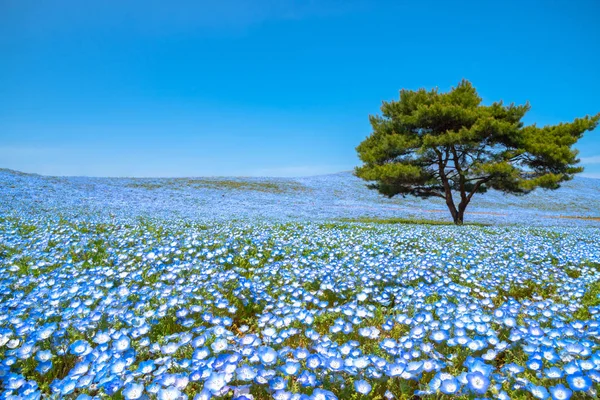
Hitachi Seaside Park transforms dramatically with each season, creating what locals call a ‘living carpet’ of flowers across its vast 470-acre landscape. Spring brings millions of nemophila flowers that paint the rolling hills in brilliant blue, while summer introduces vibrant sunflowers and colorful zinnias.
Fall delivers the park’s famous kochia bushes, which turn from green to deep crimson red, creating an almost otherworldly atmosphere. Winter might seem quiet, but the park’s greenhouse conservatory and carefully planned evergreen displays ensure that visitors always find something beautiful to admire.
Kairakuen Garden
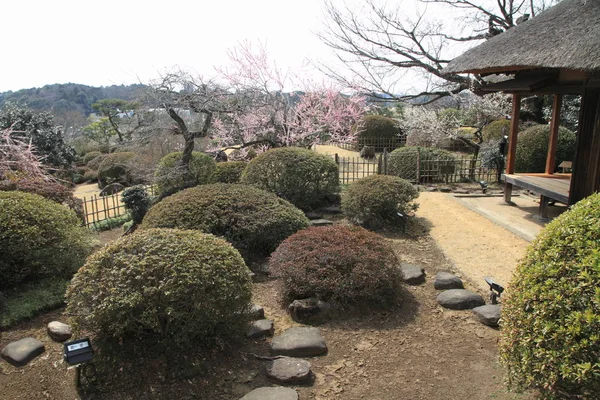
Kairakuen Garden ranks among Japan’s three most beautiful landscape gardens, and its year-round appeal stems from thoughtful plant selection that spans centuries of horticultural knowledge. The garden’s 3,000 plum trees steal the show in late winter and early spring, but summer brings lush green foliage and carefully maintained water features that create cooling effects.
Autumn transforms the space with maple and ginkgo trees that create a golden canopy, while winter’s bare branches reveal the garden’s underlying architectural beauty. The garden’s designers understood that true beauty comes from embracing each season’s unique characteristics rather than fighting against them.
Like Travel Pug’s content? Follow us on MSN.
Fukuroda Falls Botanical Garden
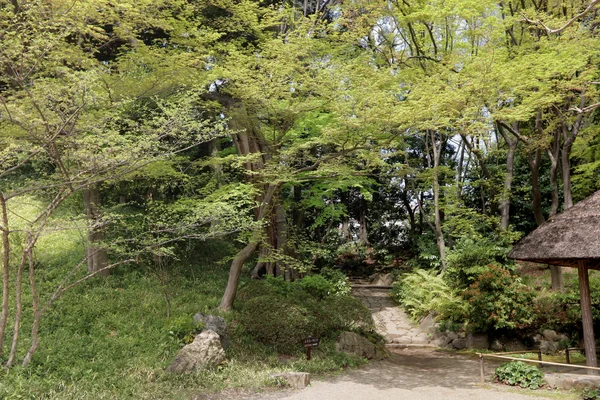
Fukuroda Falls Botanical Garden combines the power of cascading water with carefully cultivated plant collections that thrive in the misty environment created by the nearby waterfall. Spring azaleas and rhododendrons benefit from the constant humidity, producing blooms that seem more vibrant than those in drier locations.
Summer brings ferns and moss gardens that create a cool, almost mystical atmosphere perfect for hot days. Fall maples reflected in the spray create photogenic moments that attract visitors from across the region, while winter ice formations add dramatic beauty to the evergreen plantings.
Ami Premium Outlets Garden
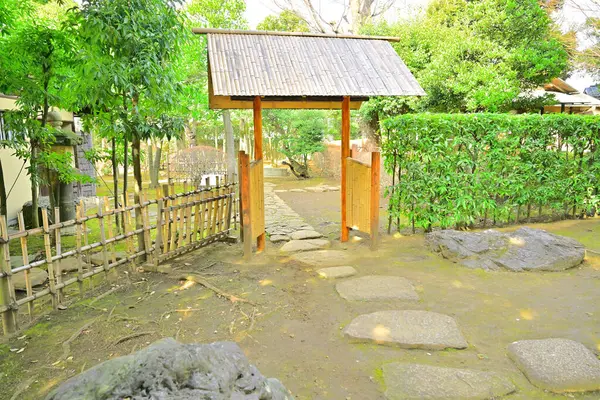
Ami Premium Outlets Garden proves that commercial spaces can incorporate serious horticultural design, featuring rotating seasonal displays that keep shoppers engaged throughout the year. Spring tulips and daffodils create welcoming entrance displays, while summer brings heat-tolerant perennials and colorful annuals that withstand heavy foot traffic.
Fall chrysanthemums and ornamental grasses add texture and movement to the landscape, and winter evergreen arrangements with seasonal decorations maintain visual interest. The garden demonstrates how thoughtful plant selection can create beauty even in high-traffic commercial environments.
Tsukuba Botanical Garden
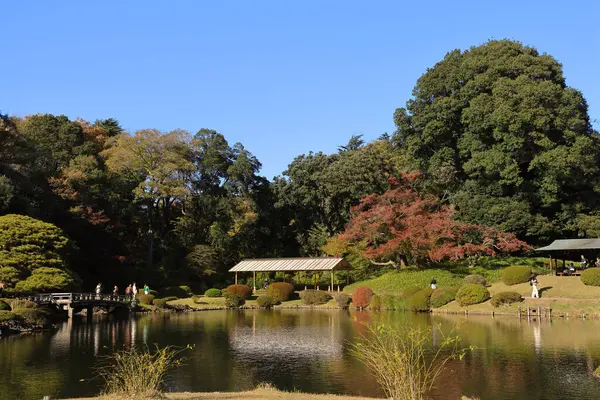
Tsukuba Botanical Garden houses over 14,000 plant species from around the world, creating a living encyclopedia where something interesting blooms regardless of the season. Spring brings cherry varieties from different climates, extending the traditional flowering period well beyond typical expectations.
Summer’s tropical greenhouse displays showcase plants that most visitors never see in their natural habitats, while outdoor collections feature heat-loving specimens from warmer regions. Fall introduces visitors to international maple varieties and exotic flowering plants, and winter greenhouse tours reveal orchids and other temperature-sensitive beauties that provide color during the coldest months.
Like Travel Pug’s content? Follow us on MSN.
Kasama Inari Shrine Gardens
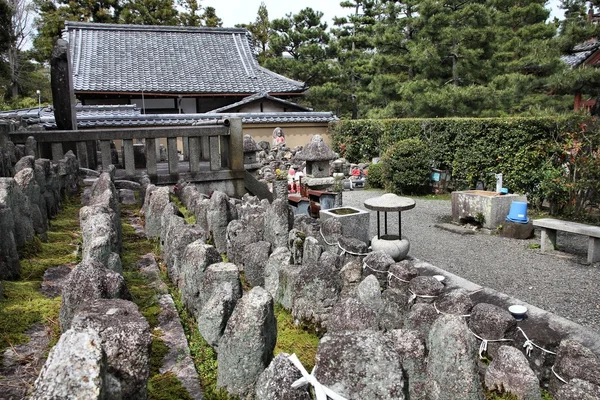
Kasama Inari Shrine Gardens blend spiritual significance with horticultural artistry, creating spaces where religious contemplation and natural beauty enhance each other throughout the year. Spring wisteria cascades over traditional structures, creating purple curtains that frame the shrine buildings perfectly. Summer brings carefully pruned evergreens and water features that provide cooling relief for pilgrims and visitors.
Fall maple trees create a sacred atmosphere as their leaves change color, while winter’s bare branches and evergreen plantings emphasize the shrine’s architectural details. The garden’s design philosophy treats each season as a different chapter in an ongoing spiritual story.
Ushiku Daibutsu Lotus Garden
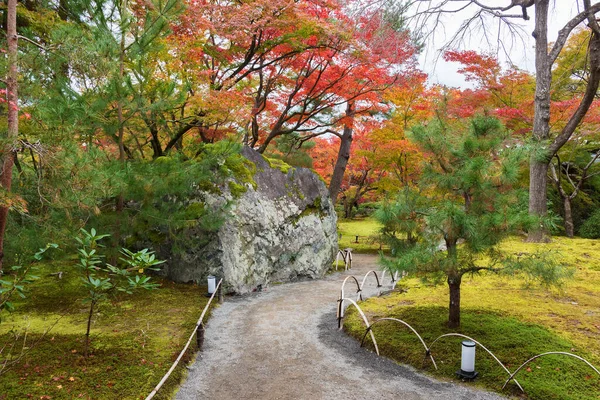
Ushiku Daibutsu Lotus Garden surrounds one of Japan’s largest Buddha statues with carefully planned plantings that create a sense of peace and contemplation year-round. Spring brings early flowering trees and bulbs that signal renewal and hope, while summer’s famous lotus blooms in the surrounding ponds create the garden’s most spectacular display.
Fall spider lilies and autumn-flowering plants extend the blooming season well into the cooler months, and winter’s sculptural bare branches and evergreen plantings preserve the garden’s meditative atmosphere. The garden’s designers understood that spiritual spaces require beauty in all seasons, not just during peak blooming periods.
Mito Tokiwa Park
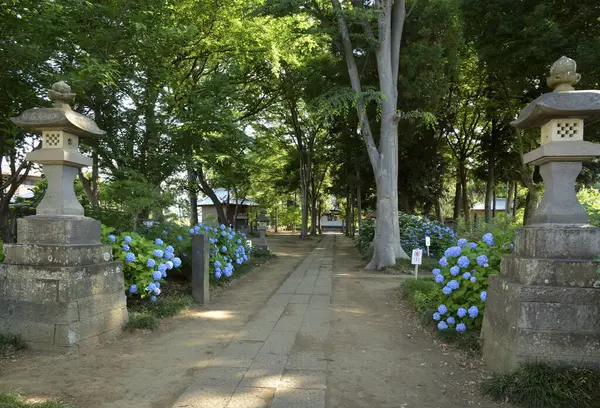
Mito Tokiwa Park combines recreational facilities with serious botanical displays, proving that family-friendly spaces can also showcase horticultural excellence throughout the year. Spring cherry trees create the classic Japanese hanami experience, while summer brings vibrant flower beds and cooling water features that make hot days more comfortable.
Fall foliage from a diverse tree collection creates one of the region’s most reliable autumn displays, and winter’s evergreen plantings and architectural elements maintain the park’s structure and beauty. The park demonstrates how thoughtful design can serve both recreational and aesthetic purposes simultaneously.
Like Travel Pug’s content? Follow us on MSN.
Oarai Isosaki Shrine Coastal Garden
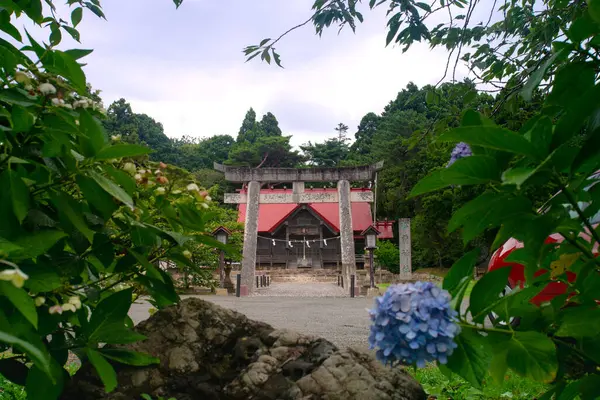
Oarai Isosaki Shrine Coastal Garden takes advantage of its oceanfront location to create unique growing conditions that support plants throughout the year. Spring brings salt-tolerant flowering trees and shrubs that thrive in the coastal environment, while summer’s sea breezes keep temperatures moderate and support a variety of heat-sensitive plants.
Fall brings spectacular color from plants that have adapted to the harsh coastal conditions, creating displays that seem more intense than those in protected inland locations. Winter’s evergreen plantings and dramatic ocean views create a stark beauty that many visitors find more compelling than traditional flower displays.
Hitachinaka Kaihin Park Rose Garden
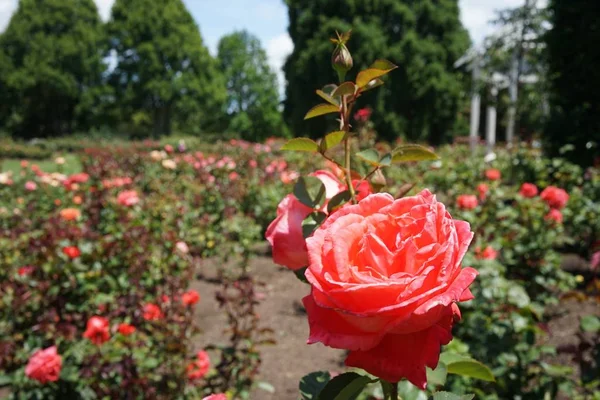
Hitachinaka Kaihin Park Rose Garden features over 100 rose varieties selected specifically for their ability to bloom repeatedly throughout the growing season. Spring brings the first flush of blooms from hybrid teas and climbing varieties, while summer’s heat-tolerant selections ensure continuous color even during the hottest months.
Fall’s second flowering period often produces the most fragrant and intensely colored blooms, and winter’s evergreen companion plantings and rose hips keep visual interest. The garden’s success comes from choosing varieties that naturally want to bloom multiple times rather than forcing single-season plants to perform beyond their capabilities.
Tsukuba Mount Tsukuba Plum Grove
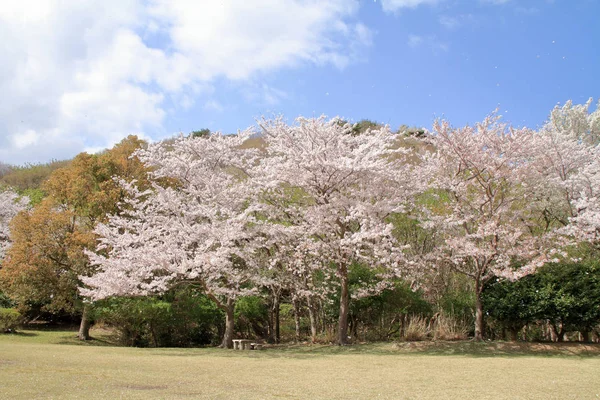
Tsukuba Mount Tsukuba Plum Grove capitalizes on elevation changes to extend flowering seasons and create microclimates that support different plants throughout the year. Spring brings early plum varieties at lower elevations, followed by later-blooming types as you climb higher up the mountain.
Summer’s cooler temperatures at higher elevations support plants that struggle in the heat of lower areas, while fall’s elevation changes create a cascade of color that begins at the top and flows downward. Winter’s bare branches and evergreen plantings reveal the mountain’s natural beauty while protecting the grove’s infrastructure for the following year’s display.
Like Travel Pug’s content? Follow us on MSN.
Omiya Hachiman Shrine Garden
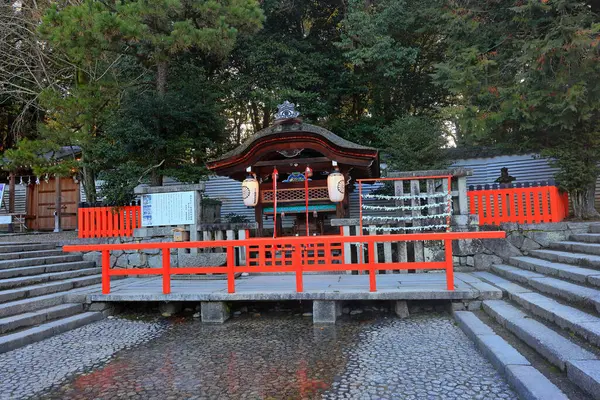
Omiya Hachiman Shrine Garden demonstrates how traditional Japanese design principles can create year-round beauty through careful attention to plant placement and seasonal transitions. Spring camellias and early flowering shrubs provide color before the main flowering season begins, while summer’s shade gardens and water features create cooling microclimates.
Fall brings the classic Japanese combination of maple trees and evergreen backgrounds that creates depth and drama, and winter’s bare branches and carefully placed evergreen specimens maintain the garden’s essential structure. The garden’s design treats each season as equally important, avoiding the common mistake of planning only for peak spring displays.
Kashima Antlers Park Garden
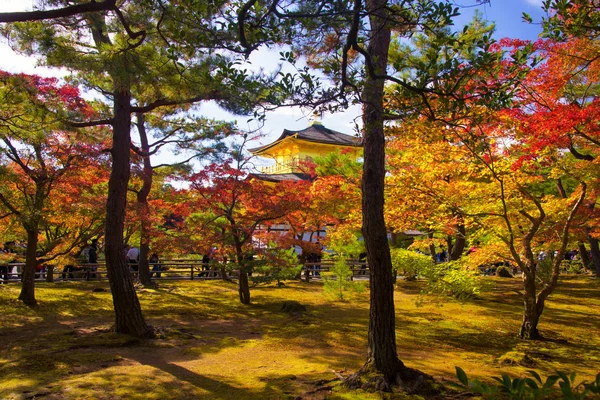
Kashima Antlers Park Garden combines sports facilities with thoughtful landscaping that maintains appeal throughout the year, proving that athletic venues can also showcase horticultural excellence. Spring flowering trees create an attractive backdrop for outdoor activities, while summer’s heat-tolerant plantings and shade trees make the space more comfortable for visitors.
Fall color from carefully selected trees adds visual interest during the soccer season, and winter’s evergreen plantings and architectural elements maintain the park’s professional appearance. The garden shows how sports facilities can enhance their appeal through strategic plant selection that works in all seasons.
Moriya Sogo Park
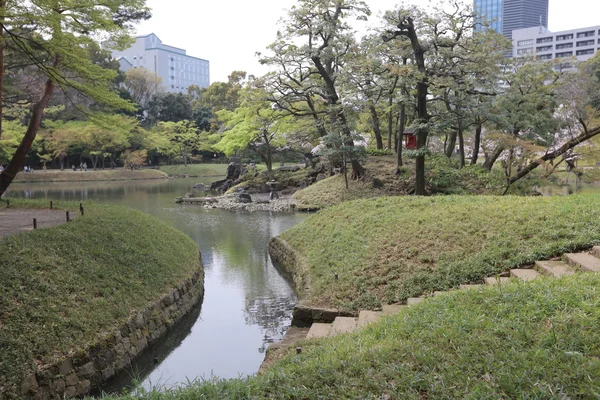
Moriya Sogo Park features themed garden areas that each contribute different elements to the park’s year-round appeal, creating a diverse landscape that always offers something new to discover. Spring brings cherry groves and bulb displays that create traditional Japanese garden experiences, while summer’s perennial borders and water gardens provide cooling relief and continuous color.
Fall’s deciduous tree collection creates reliable autumn displays, and winter’s evergreen gardens and architectural features maintain the park’s structure and beauty. The park’s success comes from treating each themed area as part of a larger seasonal symphony rather than isolated individual displays.
Like Travel Pug’s content? Follow us on MSN.
Ibaraki Flower Park
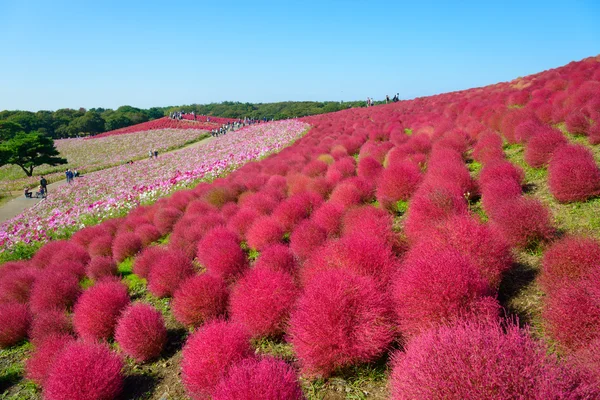
Ibaraki Flower Park specializes in creating continuous displays through careful succession planting and greenhouse facilities that extend growing seasons throughout the year. Spring brings outdoor displays of tulips and other bulbs combined with greenhouse specimens that provide backup color during unpredictable weather. Summer’s heat-tolerant outdoor plantings work alongside climate-controlled indoor displays that showcase plants from different climates and seasons.
Fall outdoor displays feature chrysanthemums and autumn-flowering plants, while winter greenhouse tours reveal orchids and tropical plants that provide color during the coldest months. The park’s approach treats indoor and outdoor spaces as complementary parts of a unified year-round display strategy.
Gardens That Never Rest
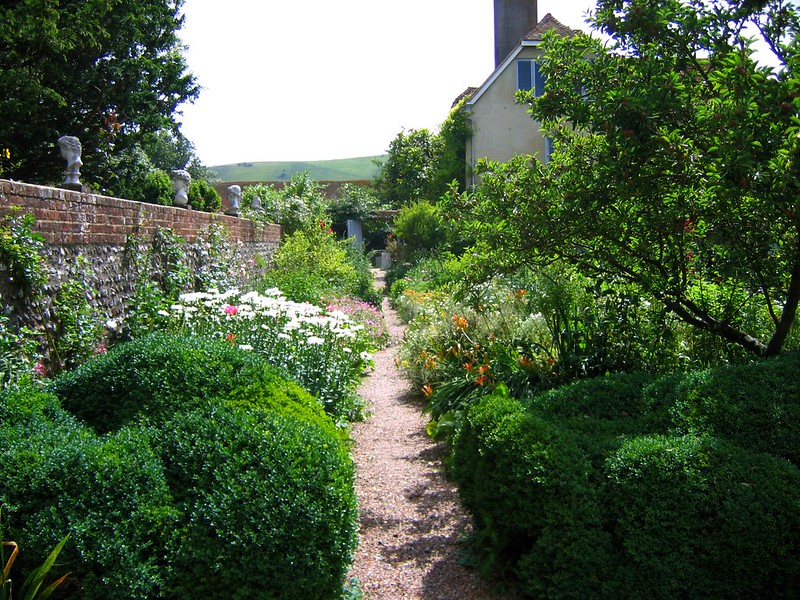
These 15 gardens prove that Japanese horticultural traditions can create landscapes that maintain beauty throughout every season, challenging the common assumption that gardens are only attractive during peak blooming periods. Each location demonstrates different approaches to year-round gardening, from elevation changes that extend flowering seasons to greenhouse facilities that provide backup displays during harsh weather.
The combination of traditional design principles with modern horticultural techniques creates spaces that feel both timeless and contemporary. Visitors to Ibaraki can experience the full cycle of Japanese seasonal beauty, discovering that each month brings its own unique rewards for those willing to look beyond the famous cherry blossom season.
More from Travel Pug

- 20 Best Beach Towns in the Carolinas
- 13 Destinations Where Tourists Regularly Regret Their Trip
- 20 Things You Actually Get in First Class
- 20 Small Airports With Aviation Museums
- 20 Places in the U.S. That Are Perfect for a Reset Trip
Like Travel Pug’s content? Follow us on MSN.
